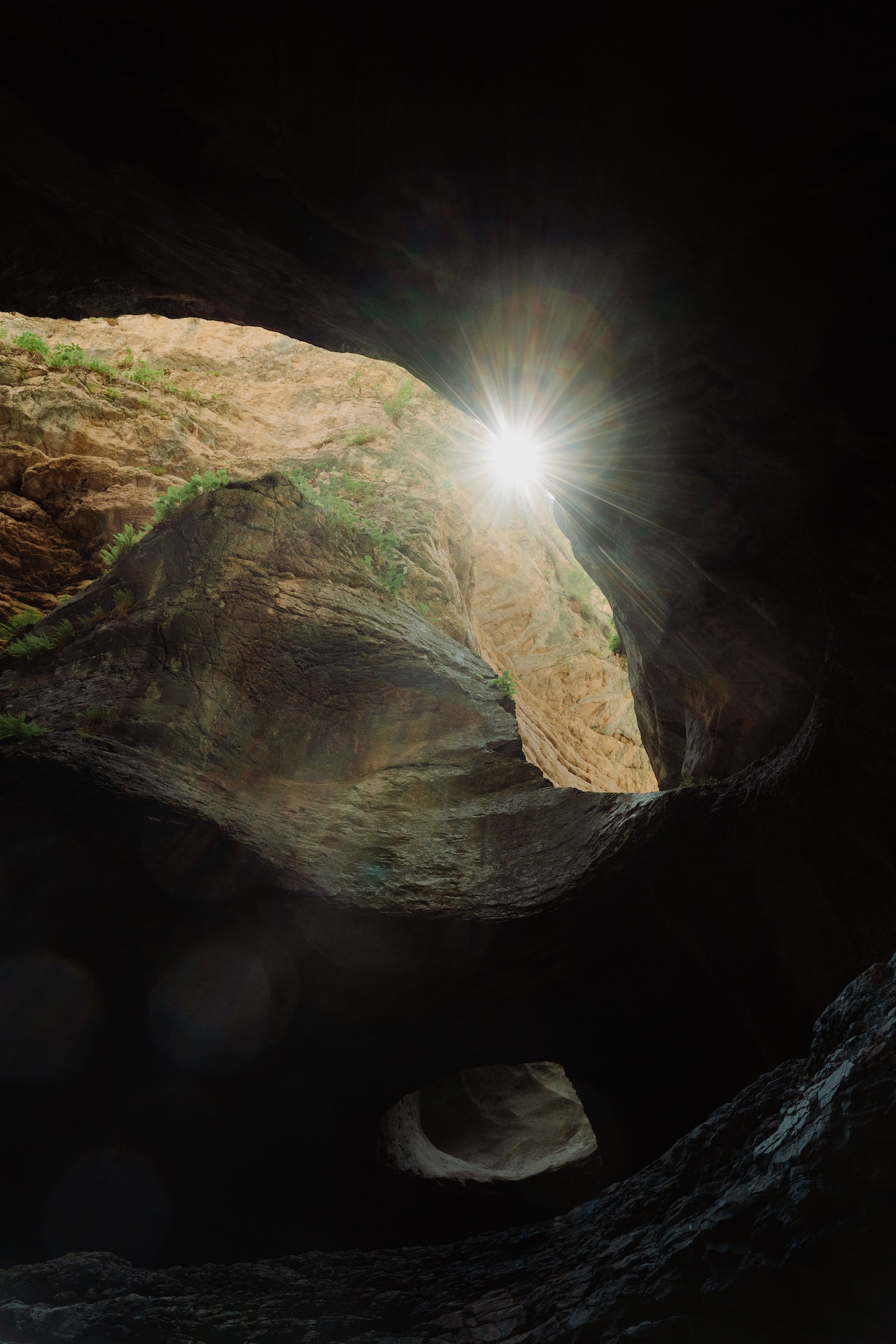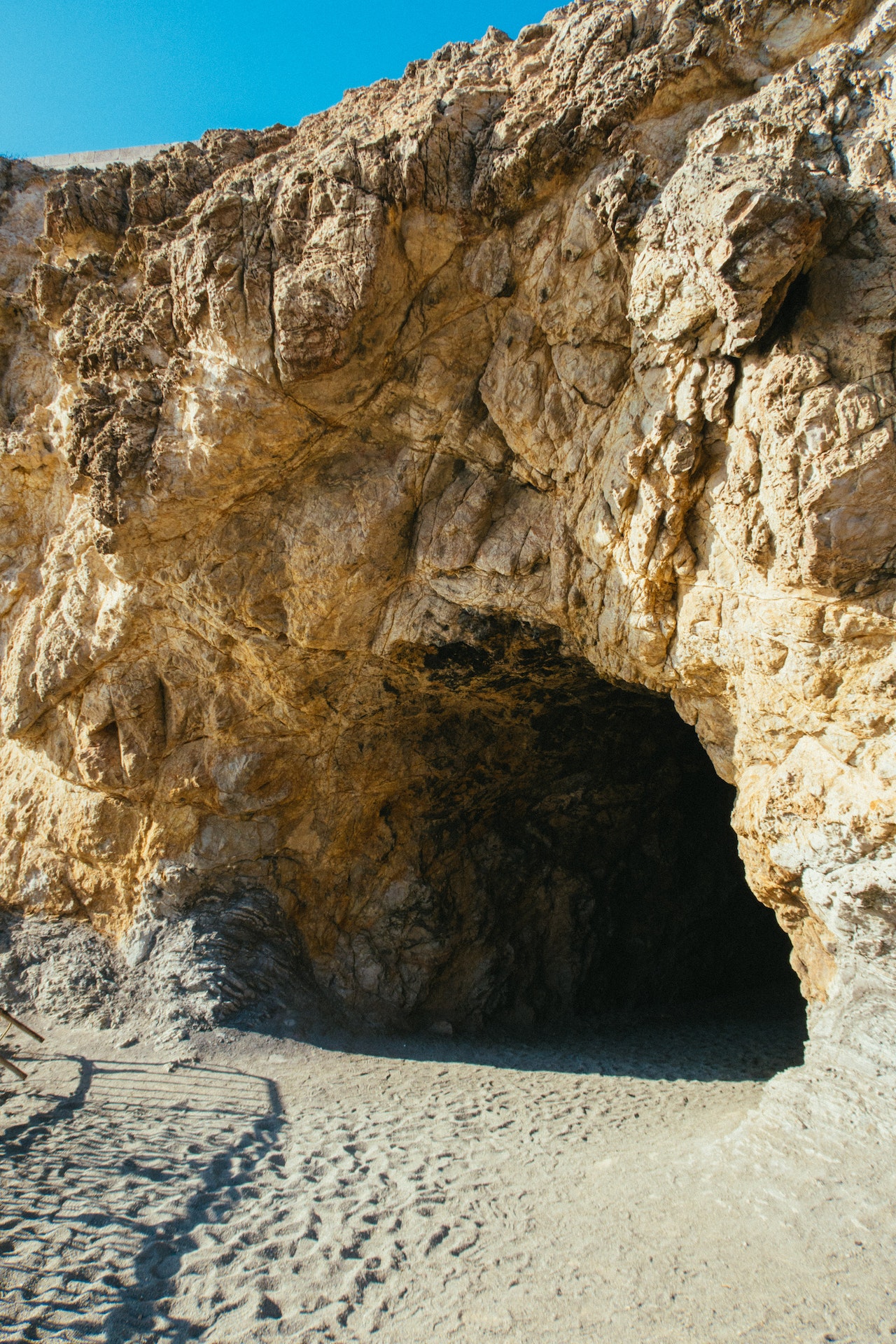In the rugged and diverse landscapes of China, nestled amidst rolling hills and rocky terrains, lie cave houses that have been home to generations of Chinese families. These fascinating dwellings, carved into the earth, offer a glimpse into a unique way of life that has withstood the test of time. This article delves into the world of Chinese cave houses, exploring their historical significance, architectural features, and the cultural heritage they embody.
Historical Significance
Chinese cave houses, known as Yaodongs or Tulou, have a rich history that can be traced back thousands of years. The practice of living in caves dates back to ancient times, offering protection from extreme weather conditions and invaders. Over time, these caves evolved into intricate dwellings, reflecting the culture and lifestyle of the communities that inhabited them. Today, cave houses serve as a testament to China’s architectural heritage and provide insight into traditional Chinese rural life.
Architectural Features
Chinese cave houses are renowned for their unique architectural features that blend harmoniously with the natural environment. Carved into hillsides or dug into the ground, these houses are built using locally available materials such as earth, stone, and wood. The interior spaces are spacious and often divided into multiple rooms, including bedrooms, a kitchen, and storage areas. Some cave houses even feature courtyards and communal spaces, fostering a sense of community among residents.

Climate Adaptability
One of the remarkable advantages of cave houses is their natural insulation, which helps regulate temperatures throughout the year. The thick earth walls provide excellent thermal properties, keeping the interiors cool in summer and warm in winter. This natural climate adaptability reduces the need for excessive heating or cooling, making cave houses energy-efficient and environmentally friendly.
Cultural Heritage and Community
Cave houses are deeply ingrained in the cultural heritage of the regions where they are found. In areas like Shanxi, Shaanxi, and Gansu, cave dwellings have been home to generations of families, fostering strong communal bonds and preserving traditional customs. The architecture and layout of these houses often reflect the cultural beliefs and practices of the residents. Cave house communities often have their unique social structures, shared festivals, and collective activities that contribute to a strong sense of belonging.
Modern Adaptations and Tourism
While cave houses were primarily rural dwellings, some have been adapted to modern lifestyles, blending traditional elements with contemporary amenities. Renovations have transformed these cave houses into unique guesthouses or boutique accommodations, attracting tourists seeking an authentic cultural experience. Visitors can now immerse themselves in the charm of cave living while learning about local traditions and enjoying the serene landscapes that surround these cave house communities.
Challenges and Preservation Efforts
Despite the cultural significance and charm of cave houses, the younger generation is gradually moving away from this traditional way of life, opting for more modern housing options. As a result, many cave houses have fallen into disrepair or have been abandoned. However, preservation efforts are underway to protect and revitalize these unique architectural treasures. Governments, conservation organizations, and local communities are working together to raise awareness, promote sustainable tourism, and provide support for the restoration and maintenance of cave houses.

Chinese cave houses are a testament to the ingenuity, adaptability, and cultural heritage of the communities that have called them home for generations. These unique dwellings, carved into the earth, offer a glimpse into a way of life deeply connected to nature and rooted in tradition. As efforts to preserve and showcase these architectural gems continue, visitors have the opportunity to experience the charm of cave living and gain a deeper understanding of the rich cultural heritage that thrives within the walls of these remarkable cave houses.
